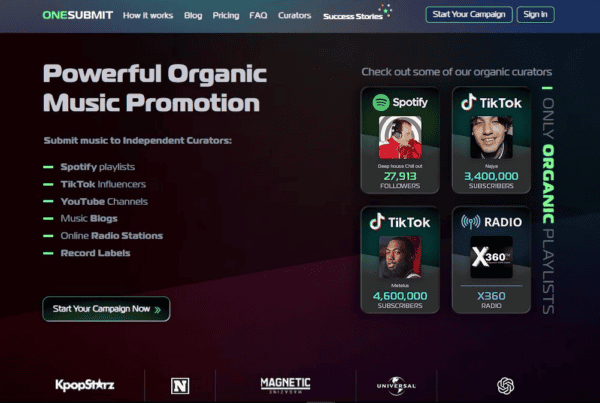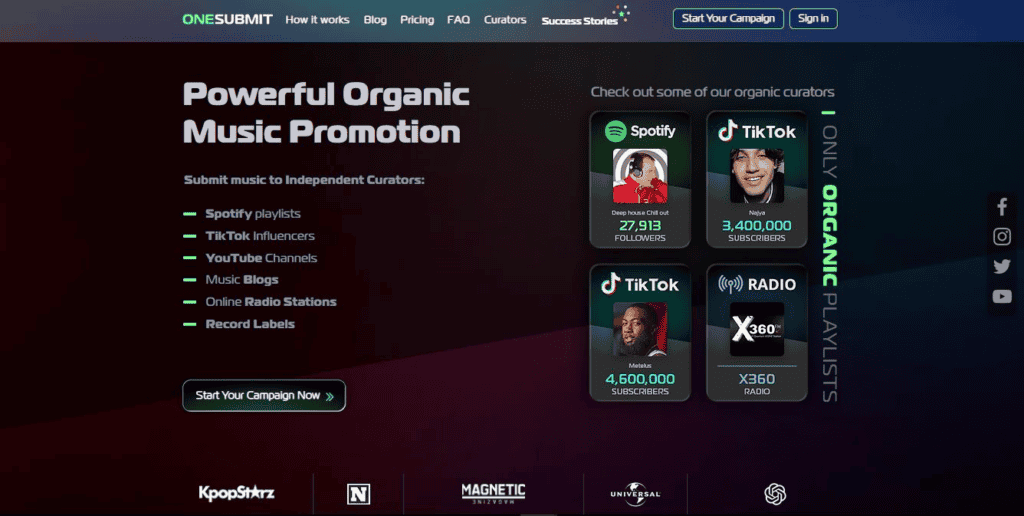When it comes to musical expression, digital pianos have emerged as major tools for this type of creativity – offering a range of possibilities to both seasoned musicians and enthusiasts. As we look into the what makes digital creativity, these modern instruments not only replicate the timbre and touch of their acoustic siblings but also open up a world of innovative features. From their unmatched range of sounds and effects to the integration with cutting-edge technology, digital pianos stand at the forefront of musical experimentation, and redefining what’s possible in composition and performance. This article looks at the ways in which these versatile instruments can improve and transform the musical journey.
Embracing the Digital Age
The introduction of digital pianos has been a game-changer in the musical world. Among the front-runners in this revolution, Kawai pianos have exemplified the blend of tradition with modernity. This section looks into how digital pianos have transformed the landscape of musical expression and exploration.
A Symphony of Sounds
Digital pianos are celebrated for their extensive range of sounds and tones. This versatility allows musicians to experiment across various genres, from classical and jazz to modern electronic music. By offering an array of instrument voices, digital pianos encourage users to explore new musical styles, broadening their musical horizons and deepening their love for music as a result.
Technological Integration
The integration of advanced technological features in digital pianos has opened new dimensions of creativity. With capabilities like built-in metronomes, recording functions, and connectivity with digital devices, these instruments are more than just a means of musical expression. They serve as a platform for learning, composing, and experimenting with music in ways that were previously unimaginable.
Accessibility and Learning
One of the most significant aspects of digital pianos is their accessibility to players of all skill levels. Beginners can benefit from interactive learning features, while more advanced players can explore complex sound editing and layering techniques. The ability to record and playback assists in self-evaluation and progress, making these instruments invaluable for both learning and refining musical skills.
Exploring the Vast Sonic Potential
The digital piano has revolutionised the musical landscape, offering an array of sounds that extend beyond the traditional acoustic piano. This section explores how digital pianos have become a conduit for sonic exploration, enabling musicians to delve into a world of diverse musical expressions.
Unleashing a World of Tones
Digital pianos are celebrated for their ability to produce a wide range of sounds. From the rich, resonant tones of a grand piano to the eclectic timbres of orchestral instruments and modern synths, these instruments allow musicians to transcend traditional boundaries. This versatility is crucial for composers and performers who wish to explore different musical genres, from classical to contemporary electronic music.
Customisation and Layering
One of the standout features of digital pianos is the ability to customise and layer sounds. Musicians can blend different instrument voices to create unique compositions or replicate complex orchestral arrangements. This feature opens up new creative possibilities, allowing for the creation of distinct musical pieces that would be challenging to achieve with traditional pianos.
Dynamic Range and Expression
Digital pianos also excel in offering a dynamic range of expression. With sensitive key action and advanced sound engines, these instruments can respond to the subtlest nuances in playing style, from the softest pianissimo to the most powerful fortissimo. This dynamic sensitivity enables musicians to express their emotions more vividly, bringing depth and character to their performances.
Advanced Features: Nurturing Creativity and Learning
The modern digital piano is not just an instrument for musical expression but also a hub for learning and creative exploration. The incorporation of advanced features in these pianos has dramatically enhanced the way musicians interact with their instrument.
Interactive Learning Tools
Digital pianos now come equipped with a variety of interactive learning tools. Features like built-in lessons, light-up keys, and integration with instructional apps make these instruments particularly appealing for beginners. A study published in the Journal of Music Education highlighted the effectiveness of interactive learning tools in digital pianos, noting a major improvement in the learning curve for beginners.
Related: Effect of Music on Academic Performance of Students
Recording and Playback
One of the most valuable features of modern digital pianos is the ability to record and playback performances. This functionality not only allows musicians to capture and share their creations but also serves as a crucial tool for self-analysis and improvement. By listening back to their performances, players can identify areas for improvement, track their progress over time, and refine their technique and expression.
Connectivity and Compatibility
The connectivity options available in digital pianos have opened up new possibilities for musicians. Features like MIDI (Musical Instrument Digital Interface) and USB connections allow these instruments to interface with computers and other digital devices. This connectivity enables the use of a wide range of music software for composition, arrangement, and even virtual performances, thereby expanding the musical universe for pianists.
The All-Inclusive Instrument: Welcoming Musicians of All Skill Levels
One of the most compelling aspects of digital pianos is their ability to cater to a diverse range of skill levels. Beginners can take advantage of interactive learning functions, while advanced players can delve into complex sound layering and editing. The ability to record and playback helps musicians in self-assessment and refinement, making the learning process both efficient and enjoyable.
Conclusion
Since their introduction, digital pianos have represented a significant leap in the way we engage with and understand music. These instruments, with their numerous features and capabilities, offer not just a musical platform but also a number of ways of increasing your love for music. They encourage exploration, foster creativity, and provide tools for development, making them an indispensable asset for anyone keen on deepening their musical journey. The digital piano, therefore, stands as a sign of the evolving relationship between technology and art, opening new avenues for expression and appreciation in the diverse world of music.
FAQs
We’ve summarised some of the most frequently asked questions on digital pianos, which we hope may answer any further queries:
Is it hard to learn piano?
Learning to play the piano, like any instrument, requires practice. Success depends on your motivation and approach. Different learning methods suit different people – some prefer a tutor, others learn independently, and some opt for a combination. The key is persistence in practice and a positive mindset. Many pianists who initially doubted their ability have gone on to become proficient players.
What should I consider if I have limited space?
Digital pianos are generally smaller and more compact than acoustic pianos, making them well-suited for smaller living spaces, such as apartments and student accommodations. When choosing a digital piano for a small space, consider the size and the sound quality without sacrificing the feel of the keyboard.
Do I need a piano with weighted keys?
A high-quality keyboard with the right key action is crucial for developing good piano technique. While the feel of the keys is subjective, a digital piano with weighted keys (hammer-action keyboard) offers a more realistic playing experience. Key length, material, and the ability to test the tone are also important factors to consider. Weighted keys provide a natural weight and resistance, similar to that of an acoustic piano, which is beneficial for expressive playing and developing proper technique.
Editor






